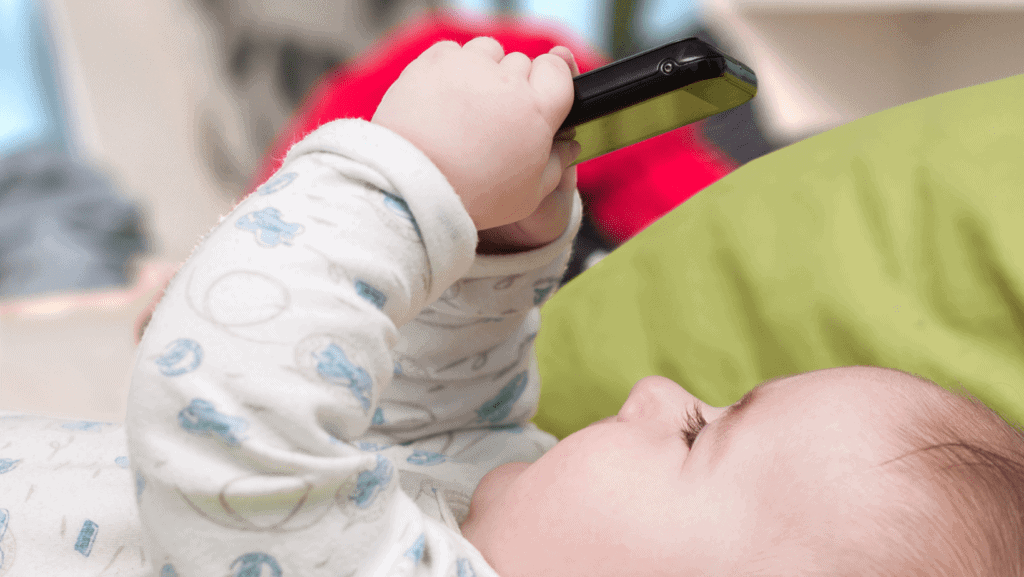Abstract
Objective:
The objective was to examine the association between mobile media device use and communication delays in 18-month-old children.
Methods:
A cross-sectional study was conducted from September 2011 and December 2015 within the TARGet Kids! primary care research network. Children were included if parents reported their child’s mobile media device use and completed a validated questionnaire for communication delay at the 18-month well child visit. Mobile media device use was measured using a parent-reported survey instrument. Daily mobile media device use was calculated as a weighted average of typical weekday and weekend day mobile media device use. Two communication outcomes were investigated: (1) expressive speech delay and (2) other communication delays, as measured by the Infant Toddler Checklist.
Results:
The study sample included 893 children (mean age 18.7 months, 54.1% male). Most parents reported 0 minutes per day of mobile media device use in their children (n = 693, 77.6%). Among children whose parents reported any mobile media device use (n = 200, 22.4%), the median daily mobile media device use was 15.7 minutes (range 1.4–300). The prevalence of parent-reported expressive speech delay was 6.6%, and the prevalence of other parent-reported communication delays was 8.8%. For children who used a mobile media device, each additional 30-minute increase in daily mobile media device use was associated with increased odds of parent-reported expressive speech delay (ORa = 2.33, 95% confidence interval, 1.25–4.82). No relationship was observed between mobile media device use and other parent-reported communication delays.
Conclusion:
Our study demonstrated a significant association between mobile media device use and parent-reported expressive speech delay in 18-month-old children.

